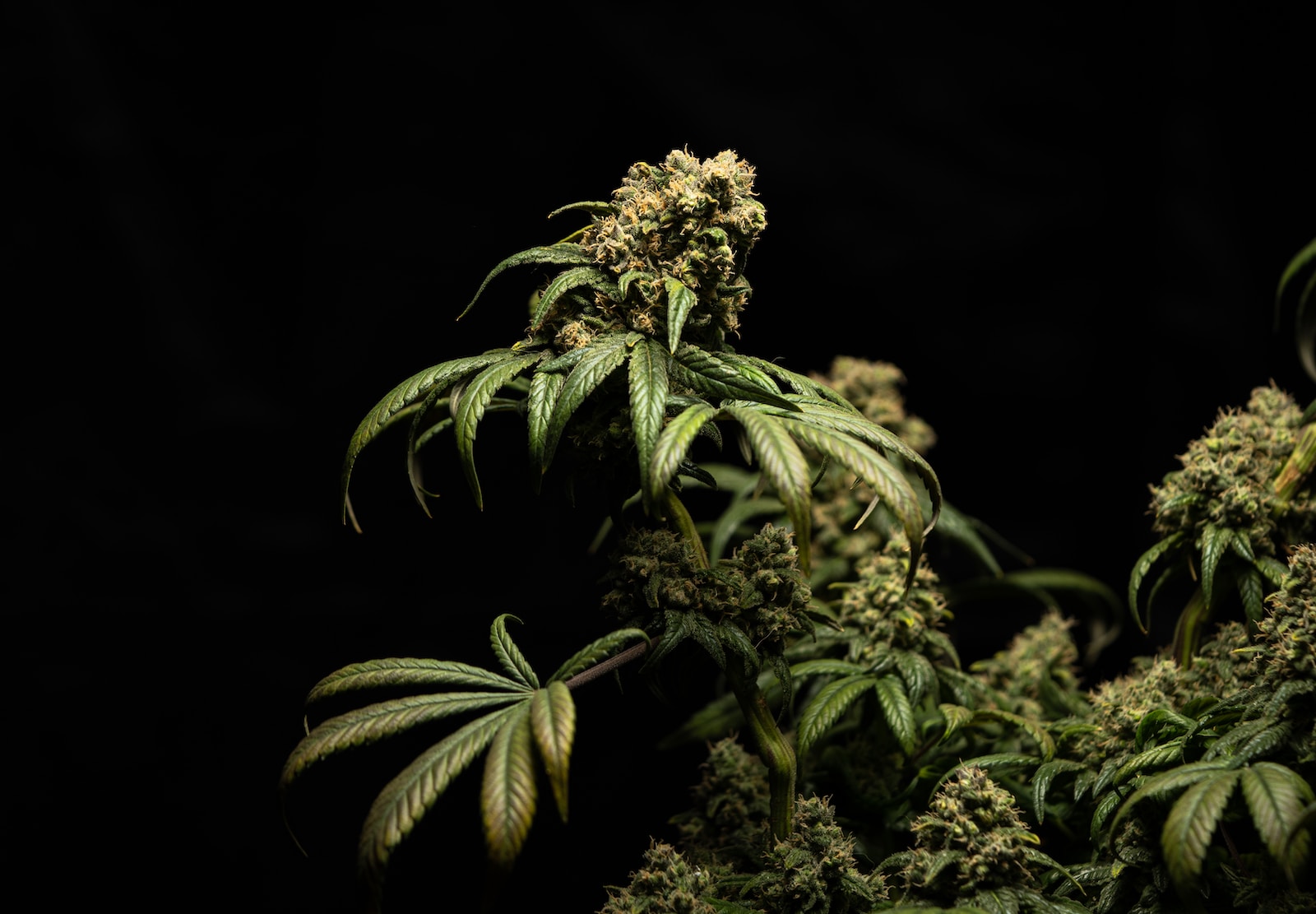In a world where environmental conservation takes center stage, every element of the natural world plays a vital role. Among these unsung heroes are the green earth weed species, often dismissed as nuisances. However, beneath their humble appearance lies a profound ecological significance that contributes to the health and sustainability of our planet. This article delves deep into the realm of these unassuming plants, uncovering their crucial role in nurturing nature.
Nurturing Nature: The Ecological Significance of Green Earth Weed Species
Green earth weed species, often perceived as unwanted intruders in our gardens and landscapes, are in fact instrumental in maintaining the delicate balance of ecosystems. These plants, though not deliberately cultivated, have evolved alongside native species for centuries, establishing intricate relationships that have a lasting impact on biodiversity and soil health.
The Role in Biodiversity
Green earth weed species may not be charismatic megafauna or majestic trees, but their contribution to biodiversity is immense. These resilient plants have adapted to various conditions, making them survivors in diverse habitats. This adaptability grants them a unique advantage, providing shelter and sustenance for numerous small animals, insects, and birds that rely on them for survival. This intricate web of life showcases the interdependence of all living beings, and even the simplest plant can contribute to this complex tapestry.
Soil Health Enhancement
One of the remarkable traits of these weed species is their ability to improve soil health. Many green earth weeds are what we call “nitrogen fixers.” These plants have specialized nodules in their roots that house beneficial bacteria capable of converting atmospheric nitrogen into a form that plants can use. When these plants decay, they release this nitrogen into the soil, enriching it and enhancing its fertility. This natural fertilization process benefits not only the weed species but also neighboring plants, promoting overall ecosystem vigor.
Erosion Prevention
The unassuming appearance of green earth weed species can be deceiving. These plants often have extensive root systems that form intricate networks beneath the soil. These roots act as anchors, preventing soil erosion, especially in areas susceptible to runoff and degradation. In regions where deforestation or human activity has disrupted the natural landscape, these weed species play a vital role in stabilizing soil and preventing valuable topsoil from being washed away by rains.
Contribution to Urban Ecosystems
Even in bustling urban environments, these weed species have a part to play. They are often the first to colonize disturbed areas such as abandoned lots or construction sites. While their presence might not align with our aesthetic preferences, they are performing a valuable service. By taking root in these otherwise barren spaces, green earth weeds are kickstarting the process of ecological succession. Their presence paves the way for other native species to gradually reclaim the area, ultimately creating a more diverse and resilient urban ecosystem.
Balancing Pest Populations
Nature has a way of finding equilibrium, and green earth weed species contribute to this delicate balance. Some of these plants produce compounds that naturally repel pests. By fostering these weeds in certain areas, we can naturally control pest populations without resorting to harmful chemicals. This method of integrated pest management not only safeguards crops but also maintains the overall health of the ecosystem by avoiding the unintended consequences of widespread pesticide use.
Adaptation to Climate Change
As our planet faces the challenges of a changing climate, the resilience of green earth weed species becomes even more relevant. These plants have evolved to withstand various environmental stressors, making them potential candidates for studying climate change adaptation. By understanding the mechanisms that enable these weeds to thrive under adverse conditions, scientists can glean insights into how other plant species might be better equipped to survive in the face of climate-related challenges.
FAQs
Q: Do green earth weed species have any economic value?
Absolutely! While they might not be cultivated intentionally, some green earth weed species have been traditionally used for medicinal or culinary purposes. For example, certain weeds have herbal properties that have been harnessed for generations in traditional medicine.
Q: How can I manage green earth weed species in my garden without resorting to chemicals?
Maintaining a healthy and diverse ecosystem in your garden is key. Encourage the growth of native plants that are well adapted to the local conditions. These plants will naturally outcompete many weed species. Additionally, regular manual removal of weeds can help keep their populations in check without harming the environment.
Q: Are green earth weed species invasive?
While some green earth weed species can become invasive in certain environments, most are not inherently invasive. Invasive behavior often depends on the plant’s ability to outcompete native species and its lack of natural predators in the new environment.
Q: Can green earth weed species be used in landscaping?
Absolutely! Many landscapers are now recognizing the benefits of incorporating native weed species into their designs. These plants can add diversity to the landscape and provide habitat for local wildlife.
Q: What is the most common misconception about green earth weed species?
The most common misconception is that all weeds are harmful and should be eradicated. In reality, many weed species play critical roles in supporting ecosystems and have valuable ecological contributions.
Q: How can I learn to identify different green earth weed species?
There are numerous field guides and online resources available for identifying plant species. Joining local nature groups or participating in workshops can also be a great way to learn from experienced naturalists.
Conclusion
In the grand tapestry of life, every thread holds significance. Green earth weed species might be considered the underdogs of the plant world, but their ecological importance cannot be overstated. From promoting biodiversity to enhancing soil health, these plants silently contribute to the well-being of our planet. As we strive to foster a more sustainable and balanced world, let us not overlook the vital role that these humble plants play in nurturing nature.
